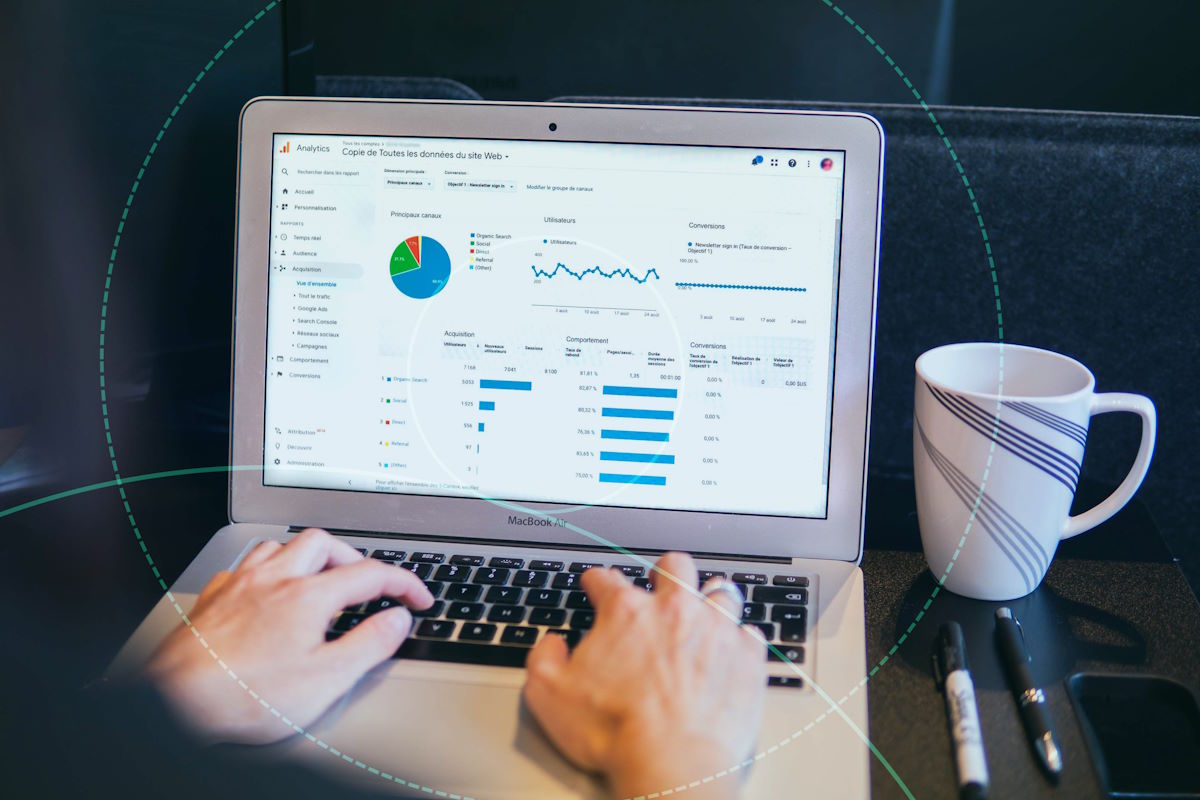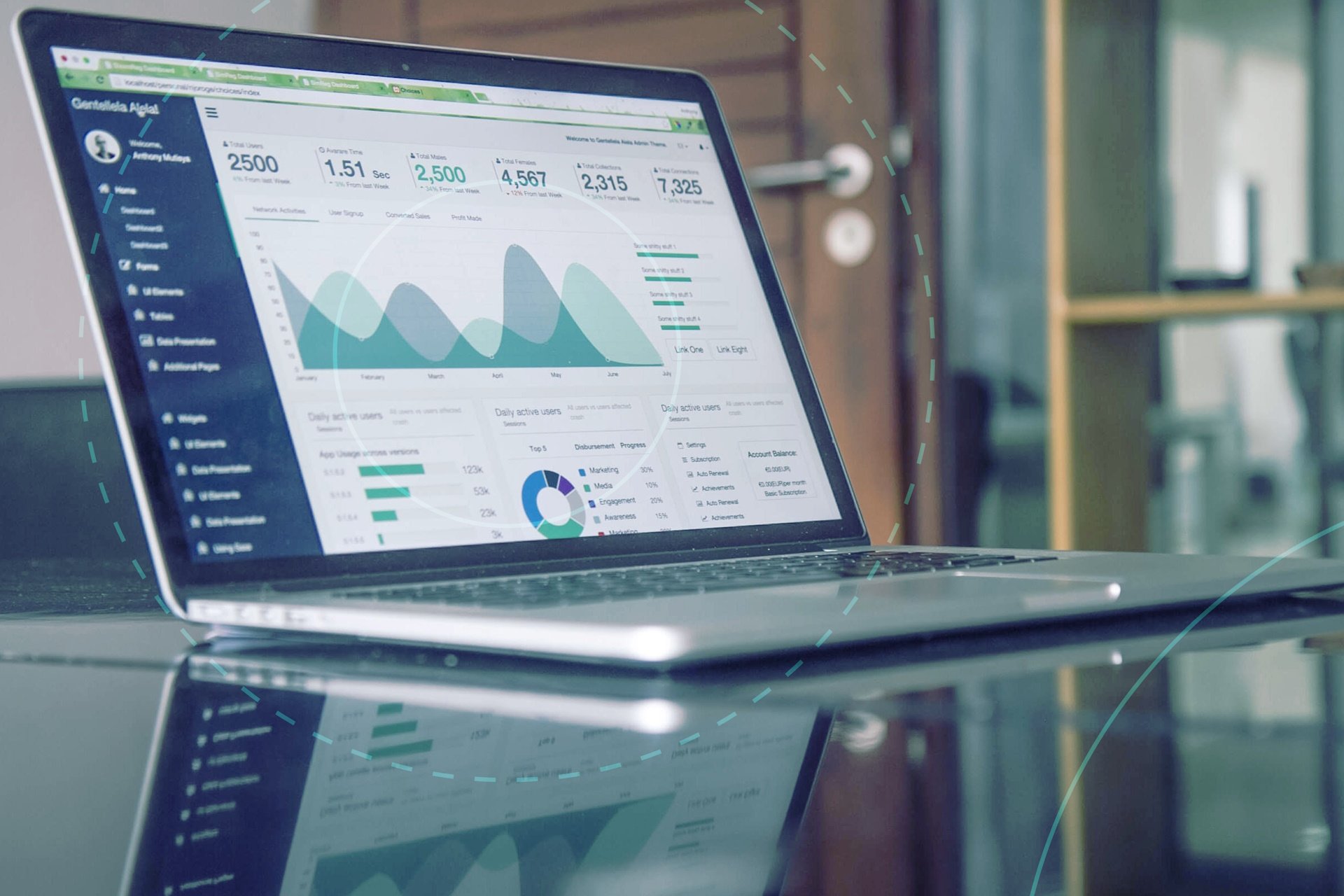The dynamic interplay between DSP vs. SSP solutions powers the modern programmatic ecosystem. Read our full comparison to learn more.
Demand and supply-side platforms are at the heart of digital marketing. Learn how they contribute to real-time auctions, inventory management, and more.
It’s never been easier for advertisers to reach audiences around the world, but that doesn’t make the process simple. The entire programmatic advertising supply chain relies on a dynamic relationship between demand-side platforms (DSPs) and supply-side platforms (SSPs) that plays out through billions of real-time auctions a day, completing each within a fraction of a second.
These platforms facilitate targeted ad buying, monetize digital media content, and manage ad inventory at scale. Here’s what advertisers and publishers need to know about DSP vs. SSP solutions and their role in digital marketing.
Expand your knowledge of the programmatic ecosystem even further with our comprehensive resource, What Is Programmatic Advertising?
What are Demand-Side and Supply-Side Platforms?
DSPs and SSPs are digital solutions advertisers and publishers use to access the modern, programmatic advertising ecosystem. DSPs help advertisers reach a target audience through valuable ad placements. Meanwhile, SSPs help publishers fill their digital ad inventory in real time. The relationship between these parties drives programmatic ad buying and selling in the form of real-time auctions, typically facilitated via the OpenRTB protocol.
DSP vs. SSP Technology
How Advertisers Use DSPs
Thanks to Google, social media, and smartphones, there is no shortage of channels to reach customers online. In fact, advertisers face the opposite problem — with so many users online, the challenge is finding people who are most likely to support your brand and maximize growth. DSPs solve this problem for advertisers by connecting to multiple platforms across the advertising supply chain, such as networks, exchanges, and SSPs. This access offers several advantages for advertisers:
- Single-interface solution: Since DSPs connect with platforms across the supply chain, they are a unified solution for all advertiser-facing data. That makes it easier for advertisers to generate performance reports and streamline ad-buying strategies.
- Audience targeting: Most DSPs let advertisers assign audience characteristics they wish to focus on for automated ad buying. These targeting options can focus on demographics, user behaviors, device type, purchase history, or other contextual information.
- Campaign management: Advertisers can use DSPs to manage their active campaigns and ad creative, assigning tags for audience categories and placement devices as necessary.
- Optimization: Many DSPs can analyze and optimize campaign performance in real time for higher returns. For example, the platform might set new bid ceilings for different audiences or refocus on alternative types of ad placements in response to engagement.
Learn more about demand-side platforms in tvScientific’s “What Is a DSP?”
How Publishers Use SSPs
Just as DSPs let advertisers buy inventory on the advertising supply chain, SSPs help publishers monetize their media content. They accomplish this with various tools for managing ad inventory at scale, even to the point of offering placements across multiple ad exchanges simultaneously.
- Single-interface solution: The primary benefit of SSPs is their ability to connect to platforms across the supply chain. SSPs also provide access to in-house resources such as ad delivery servers, data management platforms, and exchanges.
- Inventory management: Ad inventory that is valuable for one audience might be less so for other markets. SSP tools help manage inventory to gain more revenue from advertisers. For example, advertisers can set higher starting bids for placements that are in high demand among brands.
- User data utilization: Publishers aren’t just good business partners for advertisers because of their inventory supply. SSPs let them tag inventory and ad requests to reflect DSP targeting criteria using first-party data, such as demographics or purchase history. These characteristics encourage advertisers to make higher bids for crucial audience segments.
Learn more about demand-side platforms in tvScientific’s “What Is an SSP?”
One characteristic that unites publishers and advertisers is an eye for high-performing channels. Connected TV (CTV) is a notable example, as more than half of consumers use at least one free ad-supported streaming TV service. With ad performance surpassing social media, websites, and mobile games for brand recall and affinity, CTV is a growth opportunity that shouldn’t be overlooked. To learn more about entering the market, download our guide, The CTV Advertising Playbook.
How DSPs and SSPs Drive Ad Buying
Real-Time Bidding (RTB)
DSPs and SSPs serve different purposes but constantly interact on the advertising supply chain. The most frequent examples are real-time bidding (RTB) auctions that fill inventory within moments of a user triggering an ad impression. Compared to traditional static auctions — where publishers would bundle inventory into groups of 1,000 impressions — RTB auctions occur on a per-impression basis to maximize the revenue and return of each bid.
Most DSPs and SSPs share supplementary data to support informed decision-making as part of an RTB auction. For example, SSPs might share user data with a DSP to confirm whether it reflects a brand’s target audience. Both platforms can share performance data that advertisers and publishers will analyze for future optimizations.
Brand Safety
Beyond the increased transparency of data sharing, DSPs and SSPs also contribute to brand safety. Family-friendly publishers don’t want their websites or media content to become associated with ads for explicit content, for instance, just as all-ages advertisers don’t want their brands to appear alongside similar media. To that end, DSPs and SSPs include tools to limit interactions with inappropriate content, from blocking untrusted advertisers to deprioritizing low-quality channels.
The Future of DSPs and SSPs
DSP and SSP collaborations might go well beyond bidding and brand safety in the years ahead. For example, consolidation within digital advertising has prompted SSPs to invest in demand-based services for advertisers. Meanwhile, some DSPs are experimenting with publisher integration tools to bypass exchanges and sell inventory directly on their platforms. In a relatively short period, we may see the rise of full-service solutions that act as a DSP, SSP, and ad exchange in one.
Whatever the future holds, the most reliable strategy is to focus on high-performing channels and audiences. At tvScientific, we provide both, thanks to a CTV advertising platform designed for ROAS and growth marketing. As video ad completion rates reach 97%, more publishers and advertisers are taking advantage of CTV’s engagement and brand reach.
Want to know how tvScientific can maximize your brand’s performance while prioritizing transparency? Get in touch to set up a free demo.







